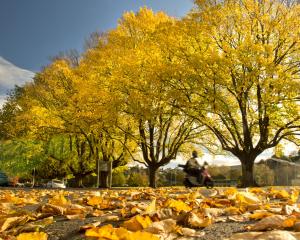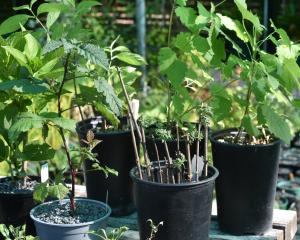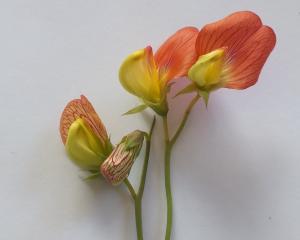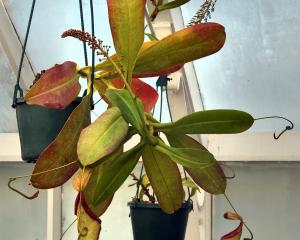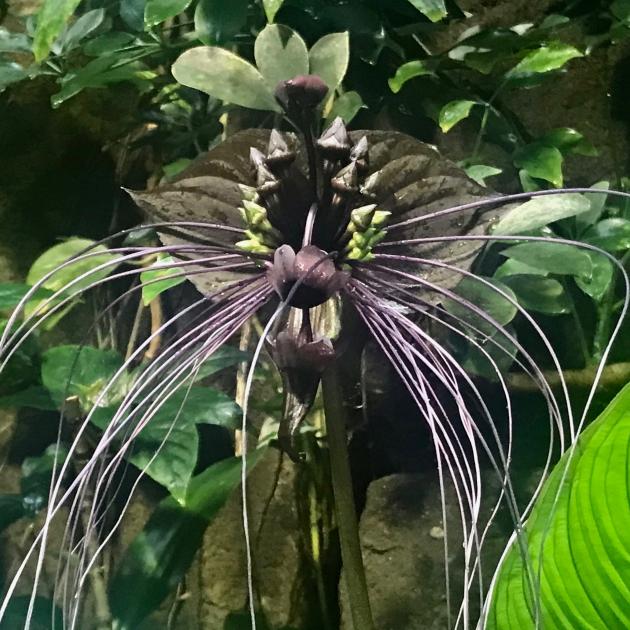
Leaving the subtropical Auckland gardens of Ayrlies and Government House to move south to tend a tropical garden may sound a bit strange, but that’s what Danielle Lomas has done.
In July last year, she began working part time at the Otago Museum’s Tuhura Otago Science Centre’s tropical butterfly garden. She feels the experience has given her life-nature balance as she studies for a master’s degree.
“I think that it’s great that it’s attached to a science facility,” Danielle says of the centre and garden.
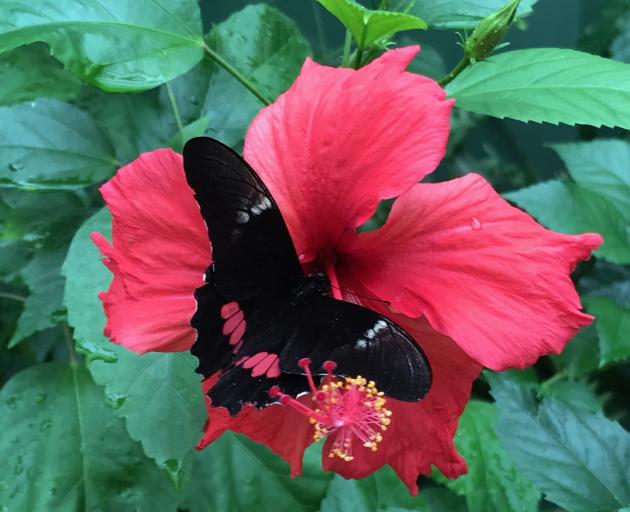
“It is really special to have a tropical garden in the middle of Dunedin.”
That has given her the opportunity to work with unfamiliar plants, such as the Southeast Asian bat flower (Tacca chantieri).
“Isn’t it special?” she says, pointing to a 30cm bloom, whose near-black petals look like a bat in flight.
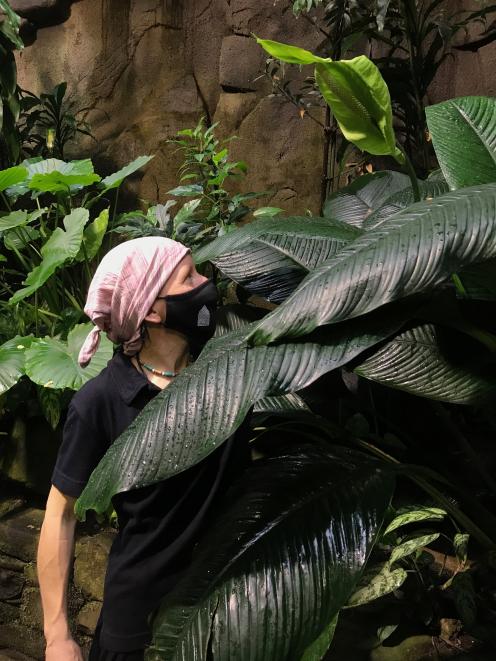
Both thrive in the museum garden, thanks to high humidity and temperatures that average 28degC and don’t fall below 22degC.
Danielle is delighted with a hoya ambling along a damp wall.
“I’m surprised it’s done so well here. I thought it would be too hot and a bit too light,” she says. “Butterflies love it.”
Also popular with the 20-odd butterfly species at the museum are Brazilian plume flower (Justicia carnea), climbing blue skyflower (Thunbergia grandiflora) and hibiscus.
Human visitors admire the brightly coloured flowers that draw the butterflies, as well as enjoying the chance to see lush specimens of orchids, pawpaw, black taro (Colocasia esculenta), vanilla, spiral ginger (Costus speciosus) and coffee. The coffee bushes flower in September and are worth seeing, or smelling, then, as the blooms have a scent reminiscent of a top French perfume.
“And people are often quite excited to see bananas growing,” Danielle says.
The fruit does ripen, which is fun, she says.
Unfortunately, some of the butterflies lay eggs on the banana leaves, which the caterpillars eat, leaving rather unsightly holes, but the plants shrug off the damage.
The resident zebra finches pull out anything they can and strew it around the garden but Danielle says she has to forgive them, as they’re such appealing little birds.
They’ve even found her tiny propagating area right at the top of the garden.
“Some plants here are just bought as house plants [but] I try to do as much propagating as I can,” she says.
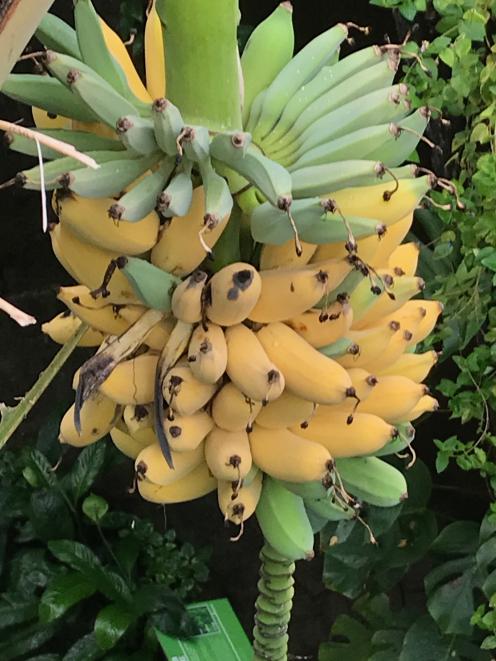
Because of the butterflies, there are limits to what can be done.
“We can’t use any sprays at all but when aphid [numbers build up] I blast them with the hose.”
However, plants get occasional feeds of liquid fertiliser and the regime is working.
“Most things here are thriving and we’ve had no disasters so far,” Danielle says.







